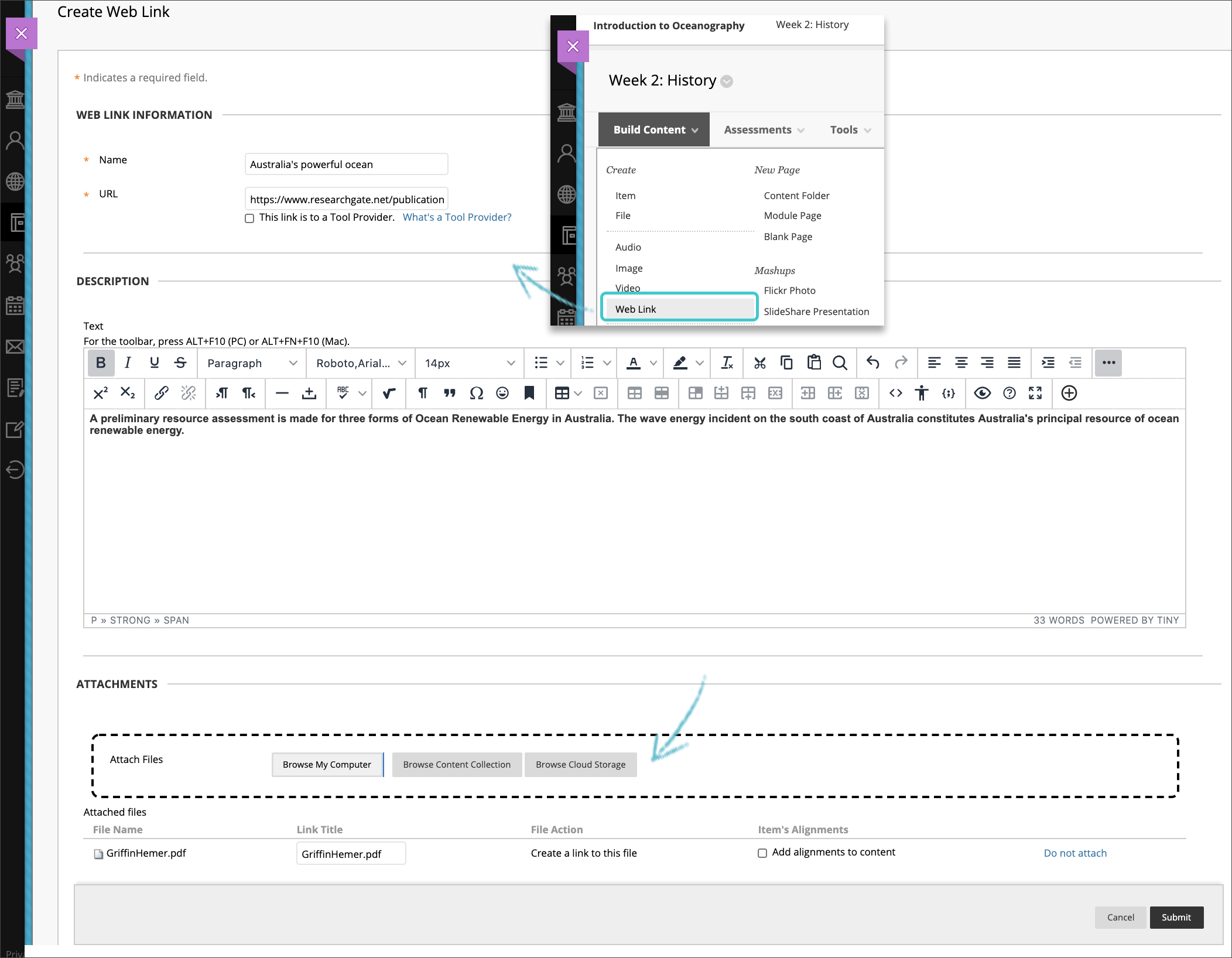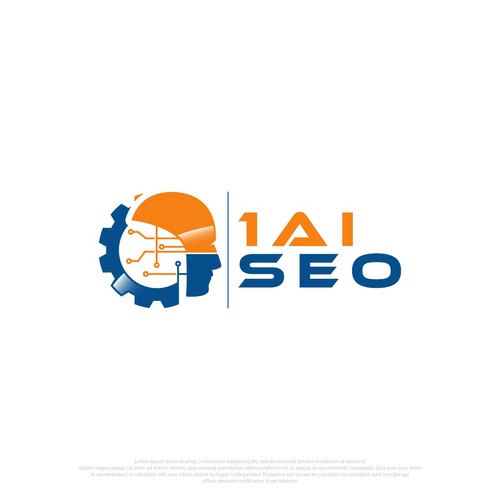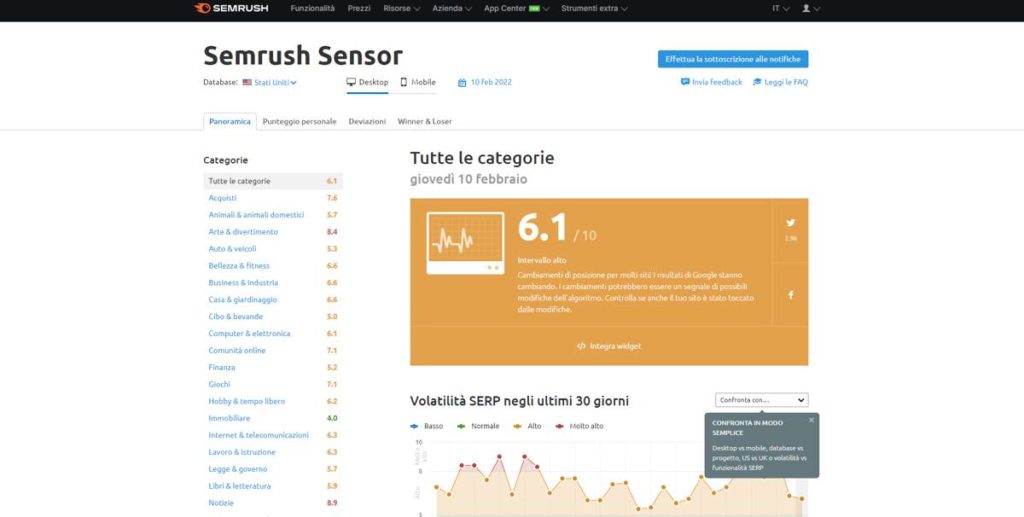
Unprofessional web developers can perform negative SEO against a target company. Others may use negative SEO to get sadistic pleasure or grudges against the target business. In any case, negative SEO is a growing problem and has become more prevalent since the release of Google's Penguin update. Follow these steps if you are suffering the negative effects of SEO:
Scraping Content
Scraping content from other sites is a negative SEO practice. It is a common practice among webmasters with many competitors. You can identify scraped content using tools like Quetext, Copyscape, and similarity searches. After you've found the scraped content, delete it from your site. You can also contact Google to request it be removed. After that, scrapers won't be able to access your site and Google might de-rank you.
Spamming of links

While the number of external backlinks to a web page is one of the primary factors that improves a page's rankings, link spamming does nothing to enhance a page's ranking. Spammy hyperlinks can be difficult to recognize and are of no benefit to the reader. Link spam is considered a black-hat technique and can be harmful to website traffic. Link spam is a black hat technique that can hurt your website's rankings.
Hacking
Hacking SEO negative can take many forms and lead to severe legal consequences. Hacking into a website is one way to disrupt the coding. Hackers could cause viruses to spread or damage the website's configuration. To ensure your SEO strategy succeeds, it is important to recognize and prevent these attacks. These are the top negative SEO techniques:
Requests to Remove the DMCA
DMCA removal requests for negative SEO have a few advantages. First, they are much more difficult to file as a takedown and also put the person performing the targeting on record. This is a major concern for publishers, who might end up losing a lot of exposure if bad links are included in search results. DMCAs are usually successful and will remove your site from Google in 97% percent of cases.
Link tampering

You can remove any links that may be causing harm to a website's SEO. Link tampering happens when someone links your site and makes a profit. Although you can request removal of these links from the owner if they are not willing to take them down, it is not always an easy task. Removing links from sites may require manual intervention depending on the circumstances.
FAQ
How do I start SEO?
SEO is a process that can be used in many ways. The first step in SEO is to identify keywords you'd like rank for. This is known "keyword search." Next, you need to optimize each web page for those keywords.
Optimizing a website involves adding keywords, descriptions, meta tags, unique page URLs, and linking with other websites. Once optimization is complete, you will need to submit the website to search engines such as Google, Yahoo!, or Bing.
To determine if you are succeeding, you must keep track of your progress.
What is On-Page SEO?
On-page seo refers the actions that you take on your website to increase its rank in search engines. Things such as site architecture, page titles, meta tags, and image alt text are all part of on-page SEO. Off-page SEO refers to activities outside your website that will improve its ranking. These include social media shares, press release, backlinks, and other activities that can improve your website's ranking.
What should I know about backlinks
Backlinks are hyperlinks that point to a webpage through another website. They are one the most powerful tools search engines use to identify the location of a page in search results. They are particularly helpful as they demonstrate that someone else believes that your content has value. Many quality backlinks will help you rank high on search results.
How can I create a SEO strategy?
To create an effective SEO strategy, you must first understand what you want and how you intend to achieve it. This allows you organize your content around those goals.
The second step is to start working on your keywords. By doing keyword research, you'll gain insight into what people are searching for when they use certain words. You can then write articles about those topics by using this information.
After you have written your articles, make sure to include your target keywords. You should also make sure to optimize each article with relevant images or videos. Last, be sure to include links to related pages wherever you can.
After you have completed all of the content on your site, it is time to optimize that content!
Is My Website Located Where?
Your website needs to be found at the top results page of search results. It should be at the top search results. Some searches can have hundreds of pages. How does your website stack up against these other websites?
Statistics
- If two people in 10 clicks go to your site as a result, that is a 20% CTR. (semrush.com)
- 93%of online experiences today begin on search engines. (marketinginsidergroup.com)
- And 90%+ of these backlinks cite a specific stat from my post: (backlinko.com)
- Sean isn't alone… Blogger James Pearson recently axed hundreds of blog posts from his site… and his organic traffic increased by 30%: (backlinko.com)
- A 62.60% organic traffic boost to that page: (backlinko.com)
External Links
How To
How do I set up my first blog?
It's simple! WordPress is a powerful tool for creating blogs. You can edit the appearance of your blog by creating themes, changing fonts, colors, or customizing it. They can also add plugins which allow them to alter certain aspects of their site based upon visitor activity.
Many free templates are available to download from wordpress.org and premium templates that cost money. Premium templates include extra pages, plugins, advanced security, and more.
After you have downloaded the template, you will need to sign up to a free hosting account to upload your files to your blog and manage it. While many hosting providers offer free accounts, there are often limitations on how much space you have, how many domains can you host, and how many email addresses you can send.
If you choose to use more then one domain name, each email address will be required. Some hosts charge a monthly fee for this service.
A blog hosted online is a great way to start blogging if it's your first time. Hosting companies offer unlimited storage, so your files won’t be deleted even though you delete them accidentally.
Hosting providers often allow multiple domain hosting, so you can have many sites from the same package. This allows you to sign up for only one email account and manage all your sites via one interface.
Some hosts include social media sharing buttons on their dashboards, allowing visitors to share posts across the internet quickly and easily.
Most hosting companies offer tools for managing your blog. You can view the performance stats of your website, see how many people visited each post, and compare your traffic with other blogs.
These tools can make it easier to manage your blog faster and easier, so make sure you check them out before you buy a web hosting plan.
To sum up:
-
Choose a topic relevant to your business;
-
Create engaging content;
-
Optimize your site using SEO techniques;
-
Promote your site using social media channels;
-
Regularly review your statistics in order to make changes if needed.
-
Remember to update your blog regularly.
In short, create good content, promote it effectively, and track its success.